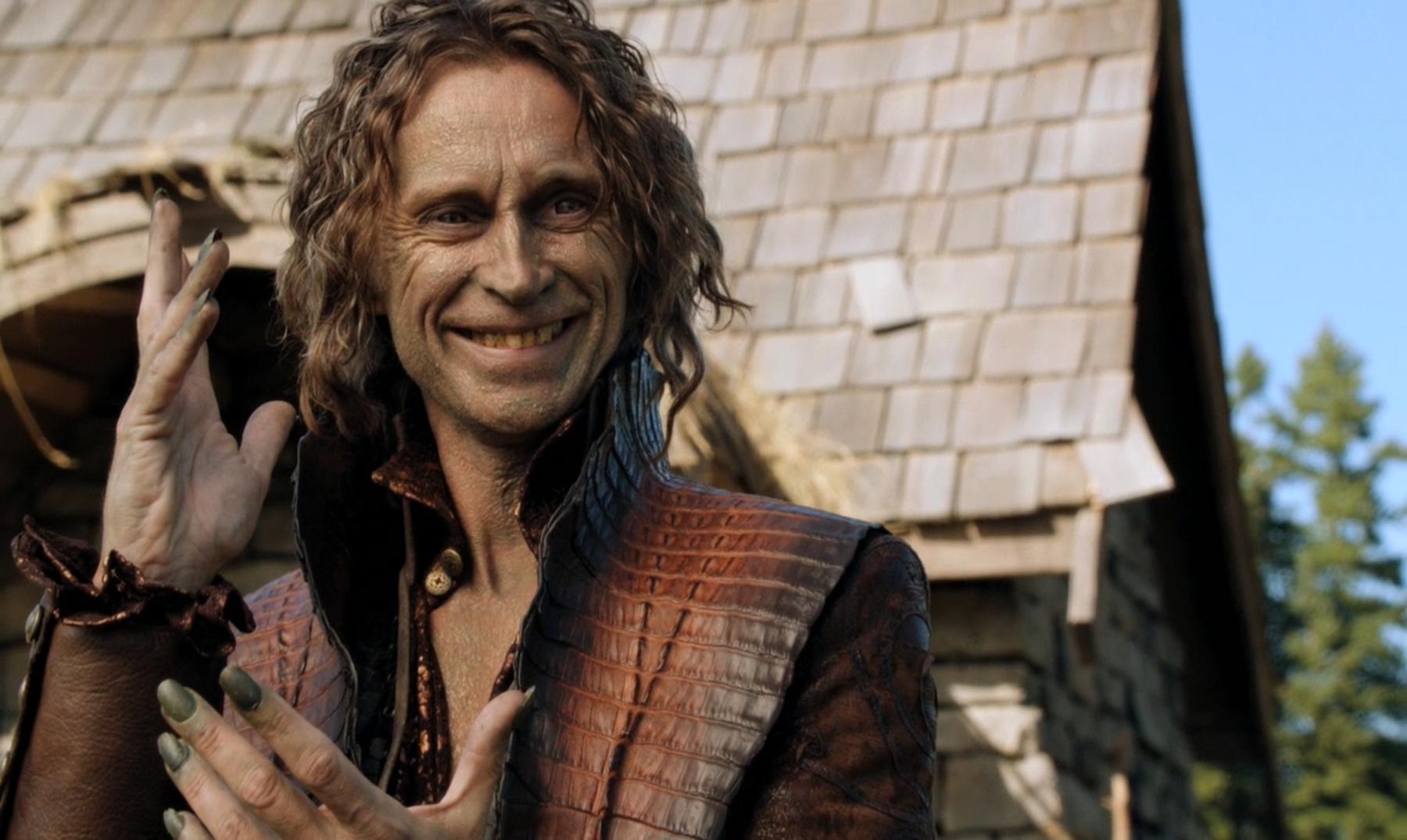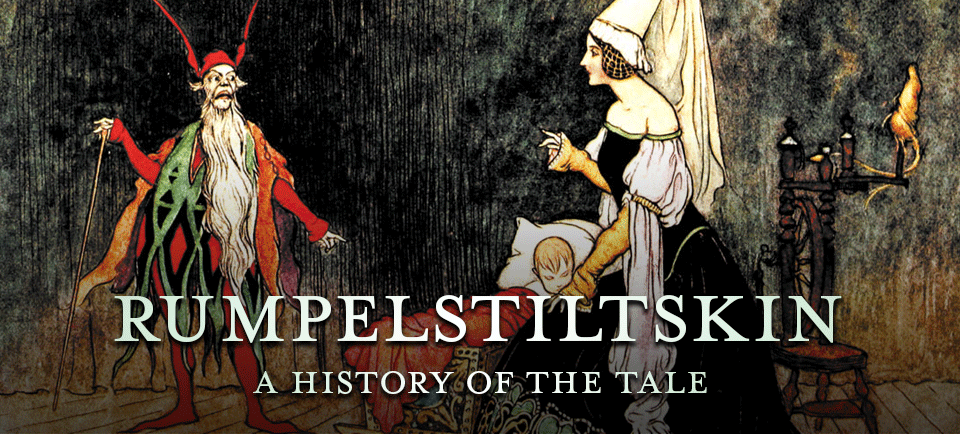Etymology and Origins of Rumpelstiltskin

The name “Rumpelstiltskin” has German origins and is composed of several elements:
Rumpelstiltskin meaning –
Rumpel: This term means “to rumble” or “to make a noise.” It is often associated with the sound of thunder or the rattling of machinery.
Stilz: This element refers to “stilt” or “leg.” It suggests a long, thin, or unsteady gait.
The Rumpelstiltskin story, a classic tale of a miller’s daughter who must spin straw into gold to save her father, has a deeper meaning that resonates even today. Just like the relentless bumper to bumper story of city life bumper to bumper story , the Rumpelstiltskin tale serves as a cautionary reminder of the perils of greed and the importance of integrity.
Skin: This term simply means “skin” or “hide.” It may refer to the character’s physical appearance or his ability to change his form.
Rumpelstiltskin, a malevolent imp in folklore, is often associated with mischief and trickery. His name, derived from German, translates to “little noisy spirit.” Interestingly, in contemporary slang, “rumpelstiltskin” has taken on a new meaning, referring to a person who engages in petty annoyances or disruptions.
This usage, documented on websites like rumpelstiltskin meaning slang , reflects the imp’s reputation for causing trouble.
Combining these elements, “Rumpelstiltskin” can be interpreted as “a noisy, long-legged creature with a hide or skin.” This description aligns well with the character’s portrayal in the fairy tale, where he is depicted as a mischievous and enigmatic imp with a distinctive appearance.
Possible Historical or Mythological Influences
The character of Rumpelstiltskin may have been influenced by various historical or mythological figures:
Trickster Figures: Rumpelstiltskin shares similarities with trickster figures found in many cultures worldwide. These characters are often mischievous, cunning, and prone to playing pranks on others.
Rumpelstiltskin, a classic tale of a cunning dwarf who spins straw into gold, holds a deeper meaning beyond its surface. Like the biblical story of David and Goliath , it illustrates the triumph of the weak over the strong. Rumpelstiltskin’s secret name represents his vulnerability, a weakness that the resourceful maiden exploits to outwit him, demonstrating that even the most formidable opponents can be overcome with cleverness and determination.
Norse Mythology: Some scholars have drawn parallels between Rumpelstiltskin and the Norse trickster god Loki. Both characters are known for their cunning, their ability to change their form, and their penchant for mischief.
Rumpelstiltskin, the infamous spinner of straw into gold, holds a peculiar place in folklore. His name, meaning “little noisy spirit,” evokes a sense of mischief. Similarly, the slang term “buttermilk” ( buttermilk slang meaning ) carries a connotation of mischief and deception.
Yet, amidst the trickery and mischief, both Rumpelstiltskin and buttermilk reveal a deeper truth about the nature of deceit and the consequences of revealing one’s secrets.
Medieval Dwarves: Rumpelstiltskin’s small stature, long beard, and association with mining may have been inspired by medieval depictions of dwarves. These creatures were often portrayed as skilled craftsmen and guardians of underground treasures.
Rumpelstiltskin, a malevolent figure in folklore, embodies the dangers of greed and the power of words. In the classic fairy tale, the impish creature grants a miller’s daughter the ability to spin straw into gold, but at a steep price: her firstborn child.
Desperation drives the girl to seek Rumpelstiltskin ‘s aid, but her cunning and resourcefulness ultimately triumph over his malevolence, revealing the true meaning of Rumpelstiltskin: a cautionary tale about the consequences of unchecked ambition.
While the exact origins of Rumpelstiltskin remain uncertain, the character’s name and attributes suggest a rich tapestry of historical and mythological influences that have shaped his enduring presence in folklore.
Characteristics and Motives of Rumpelstiltskin: Rumpelstiltskin Meaning

Rumpelstiltskin, a character from the eponymous Brothers Grimm fairy tale, is a complex and enigmatic figure whose motivations and personality have been the subject of much analysis and interpretation. His physical appearance, described as that of a small, grotesque imp, is often associated with his supernatural powers and his mischievous nature. However, beyond his physical characteristics, Rumpelstiltskin’s psychological and emotional traits are equally fascinating.
One of the most striking aspects of Rumpelstiltskin’s character is his extreme cunning and intelligence. He is a master of deception and trickery, using his wit to outsmart and manipulate others. This is evident in the way he tricks the miller’s daughter into making a deal with him, promising to spin straw into gold if she gives him her firstborn child. Rumpelstiltskin’s intelligence also extends to his knowledge of magic, which he uses to both help and hinder the miller’s daughter.
Another key aspect of Rumpelstiltskin’s personality is his pride and arrogance. He is convinced of his own superiority and often belittles and mocks others. This is particularly evident in his interactions with the miller’s daughter, whom he treats with disdain and contempt. Rumpelstiltskin’s pride ultimately leads to his downfall, as he becomes so overconfident that he reveals his name to the queen, thus breaking the terms of their agreement.
Beneath Rumpelstiltskin’s cunning and arrogance lies a deep-seated sense of loneliness and isolation. He is an outsider, feared and reviled by the community. This loneliness may be a motivating factor in his actions, as he seeks to gain acceptance and recognition through his magical powers. However, his own pride and arrogance ultimately prevent him from forming meaningful relationships with others.
In conclusion, Rumpelstiltskin is a complex and enigmatic character whose motivations and personality have been the subject of much analysis and interpretation. His cunning, intelligence, pride, and loneliness all contribute to his unique and unforgettable presence in the fairy tale canon.
Rumpelstiltskin in Folklore and Literature
Rumpelstiltskin, the enigmatic imp from German folklore, has captivated imaginations for centuries. The character has undergone a fascinating evolution through different versions of the tale, embodying a complex interplay of symbolism and cultural significance.
The Evolution of Rumpelstiltskin’s Character, Rumpelstiltskin meaning
The earliest known version of the Rumpelstiltskin story emerged in the 18th century, where he was depicted as a mischievous but ultimately benevolent creature who helped a miller’s daughter spin straw into gold. However, as the tale spread throughout Europe, Rumpelstiltskin’s character became darker and more sinister.
In the Brothers Grimm’s version, Rumpelstiltskin is a grotesque and malevolent goblin who demands the miller’s daughter’s firstborn child as payment for his services. This darker interpretation reflects the changing social and cultural attitudes of the time, where the supernatural was often seen as a source of fear and danger.
The Significance and Symbolism of Rumpelstiltskin
Rumpelstiltskin’s character embodies a range of symbolic meanings. He represents the darker side of human nature, the hidden impulses and desires that we may suppress or deny. His name, which translates to “little rattle-bone,” suggests his insignificance and vulnerability, yet he wields immense power over those who cross his path.
In some interpretations, Rumpelstiltskin is seen as a representation of the collective unconscious, the realm of repressed memories and instincts. His ability to spin straw into gold symbolizes the potential for transformation and the dangers of unchecked ambition.
Rumpelstiltskin in Literature, Film, and Other Media
Rumpelstiltskin’s enduring popularity has led to his appearance in numerous works of literature, film, and other media. In these adaptations, his character has been interpreted in a variety of ways, reflecting the changing social and cultural contexts in which he is encountered.
In modern retellings, Rumpelstiltskin has been depicted as a sympathetic figure, a victim of his own circumstances. Other interpretations have explored the character’s psychological complexity, revealing the inner workings of his mind and motivations.
Regardless of his portrayal, Rumpelstiltskin remains a timeless and enigmatic figure, a testament to the enduring power of storytelling and the human fascination with the dark and mysterious.